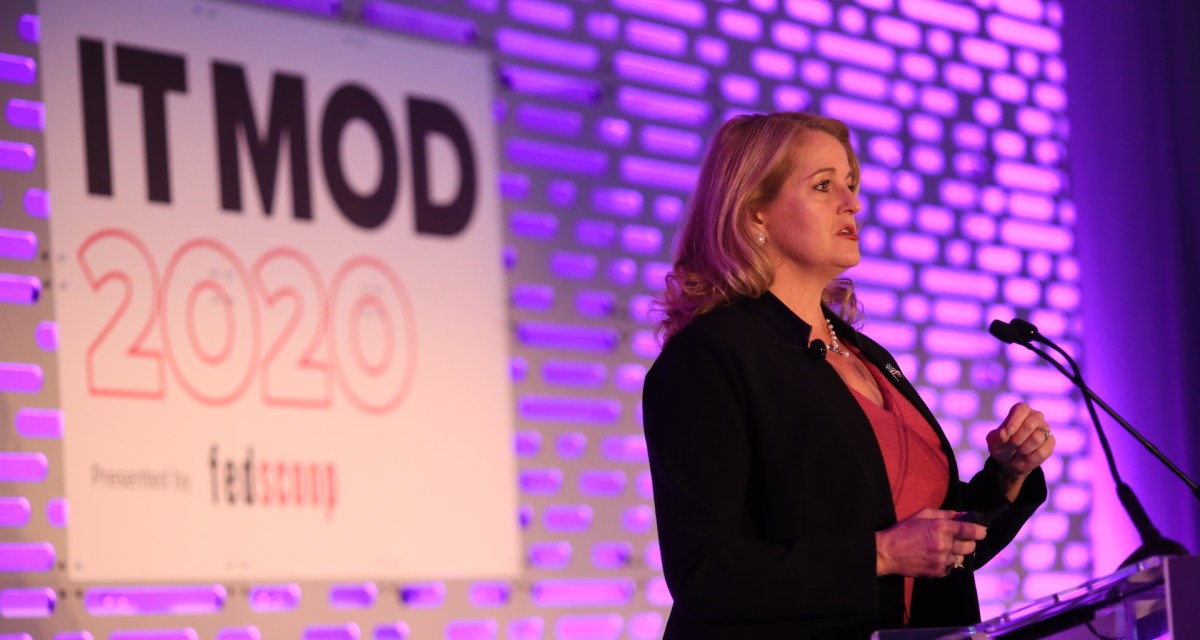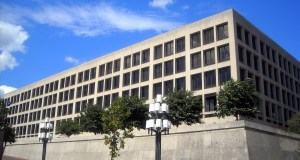Former federal CIO applauds additional TMF funding

Former Federal Chief Information Officer Suzette Kent is overjoyed by — and a bit envious of — the recent $1 billion injected into the Technology Modernization Fund under the American Rescue Plan Act.
The money will help agencies quickly implement IT solutions addressing challenges that arose during the COVID-19 pandemic, Kent said. Agencies will be looking to manage risk, leverage data and apply modern technologies at both the component and enterprise levels based on lessons learned, she told FedScoop, ahead of her speech at OnSolve Nexus 2021.
A champion of funding the TMF, Kent never saw the amount of money available now for cybersecurity, employee management and shared services projects in her time as federal CIO from February 2018 to July 2020.
“In a way I’m jealous; I am thrilled that it is funded because the mechanism works and agencies need to drive change,” Kent said. “As the TMF Board looks at the projects that agencies bring to them, those projects are supposed to be about pandemic response, use of new and emerging technologies, improved use of data, and leapfrogging for modernization.”
Congress approved the $1 billion TMF appropriation in the American Rescue Plan Act passed in March and not just for IT modernization projects. Cyber projects will likely feature prominently as well.
The exponential increase in remote work during the pandemic has also increased agencies’ cyberattack surfaces exponentially and driven a move to zero-trust security architectures to shore up their environments.
That’s in addition to “back-to-back-to-back supply chain disruptions” and an active hurricane season that left agencies looking to use data and artificial intelligence capabilities to address such challenges, Kent said.
The Biden administration would be wise to fund solutions addressing technology and behavioral changes due to the pandemic and subsequent rise in remote work, Kent said.
Agencies are “generally as effective” having shifted to remote work, Kent said. But they may push for a return to the office, or else supplement remote work with technology solutions like design platforms, in instances where it still posed challenges.
“The training for certain employees and how they’re supervised and managed isn’t structured enough that it works really well in a distributed environment,” Kent said. “So maybe there are types of roles that have more of an apprenticeship model or you need hands-on training — access to certain kinds of facilities that just don’t don’t fit well in a simulation.”






